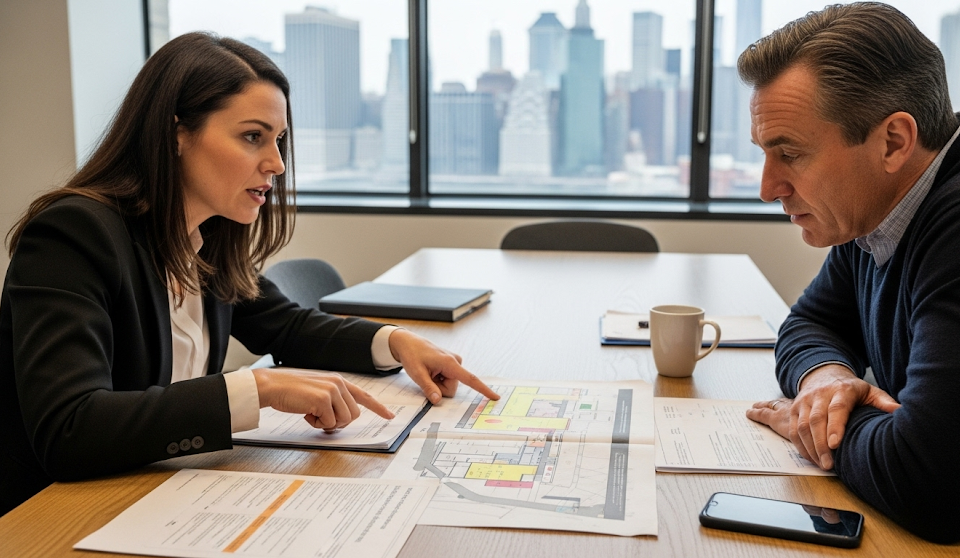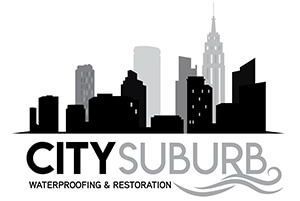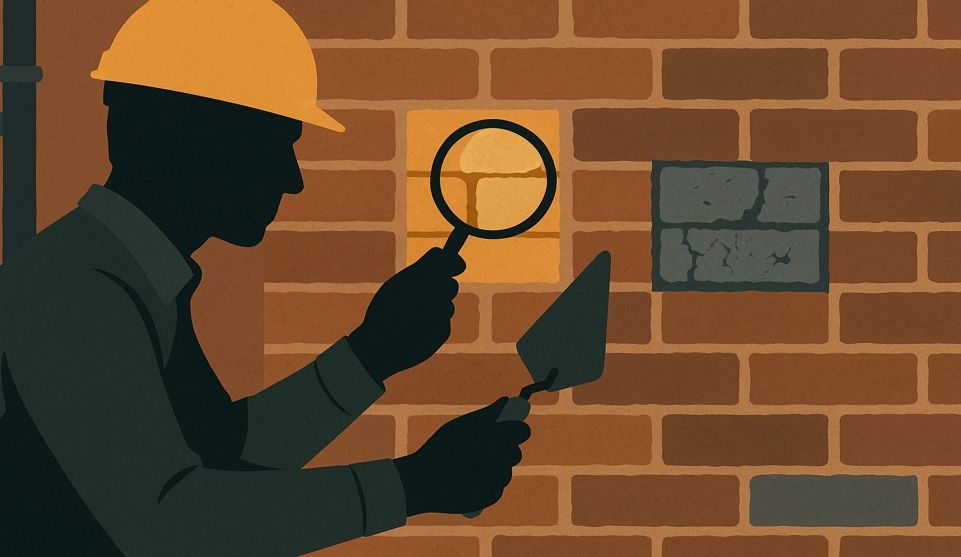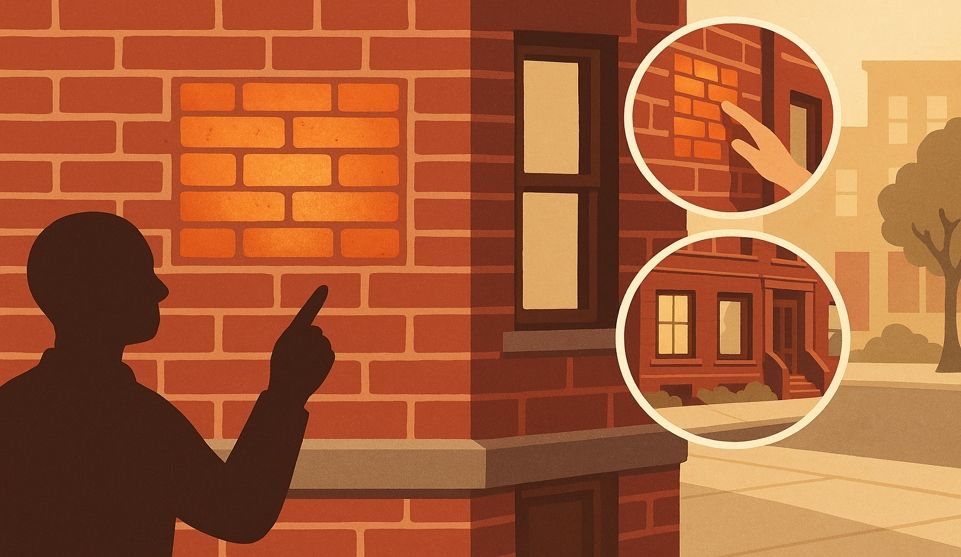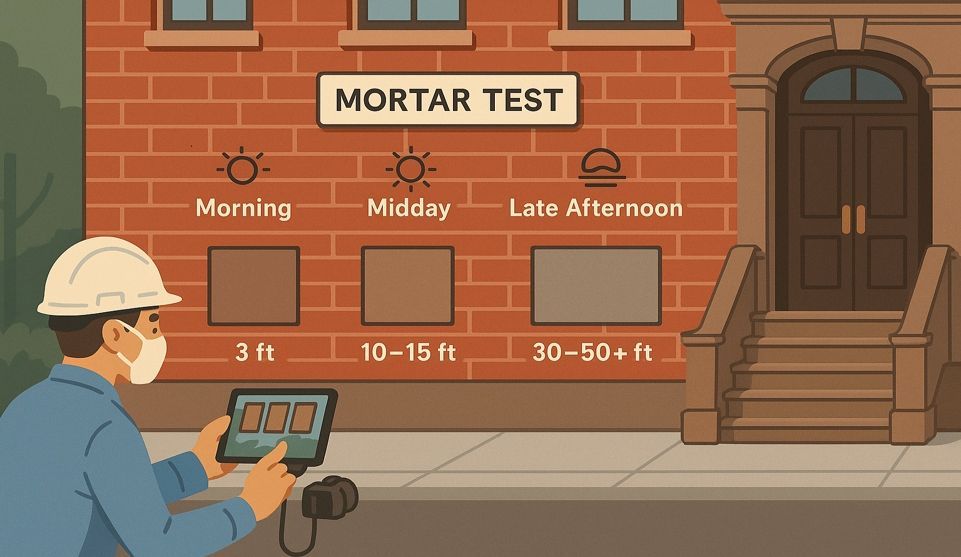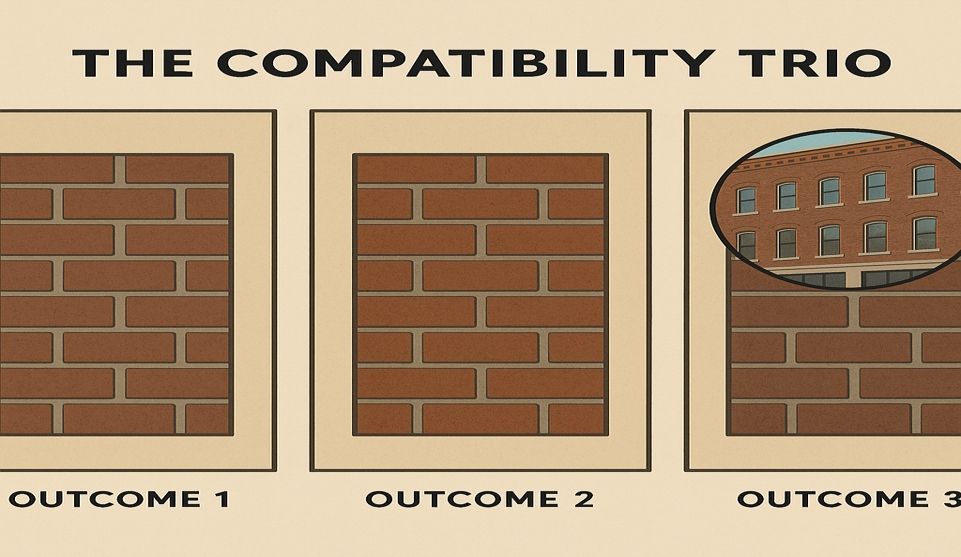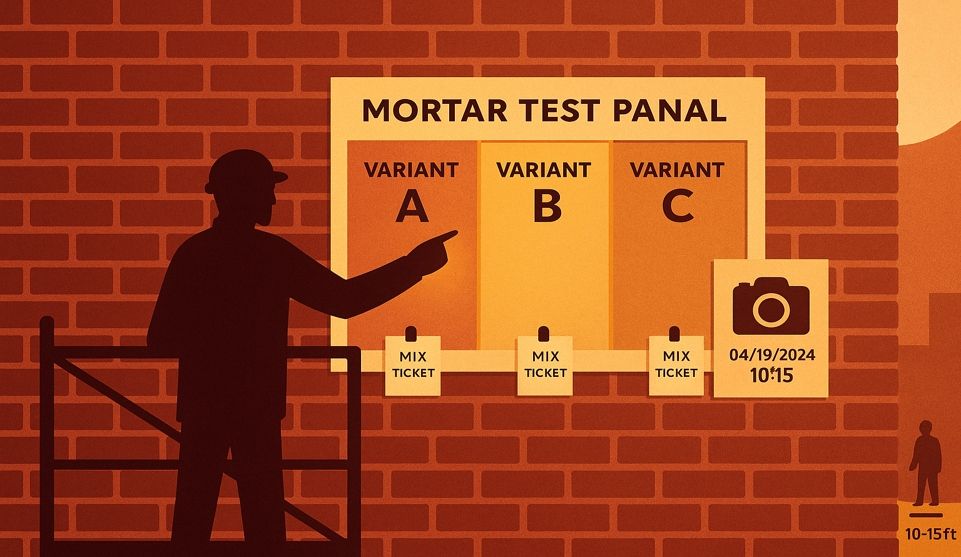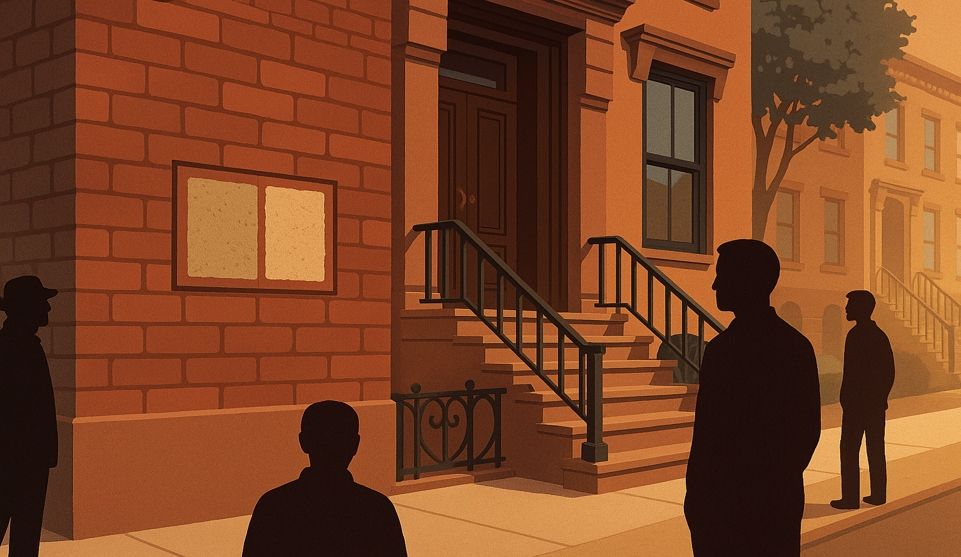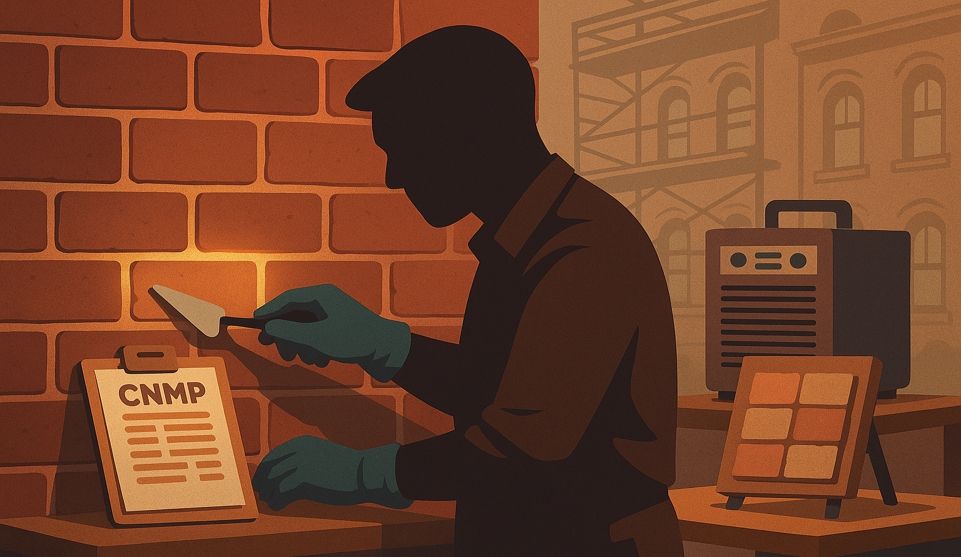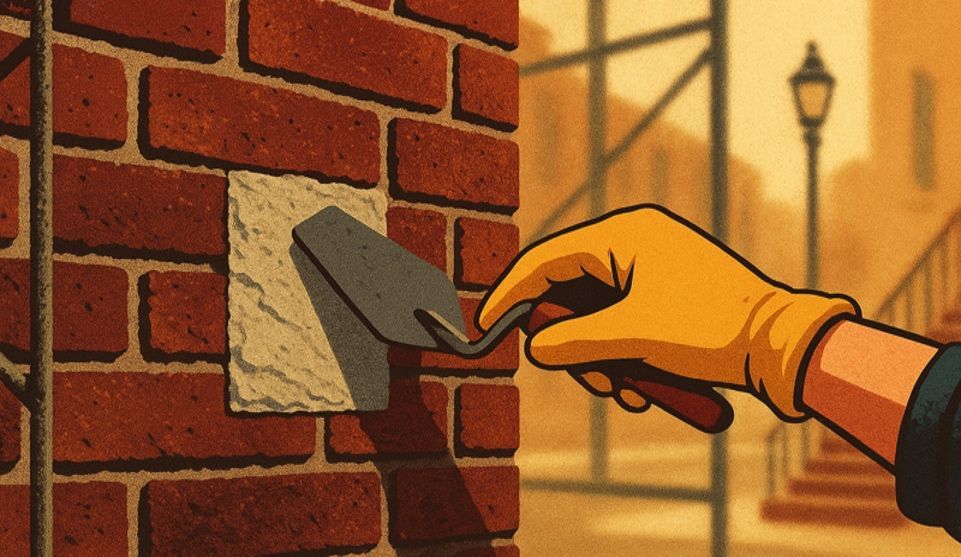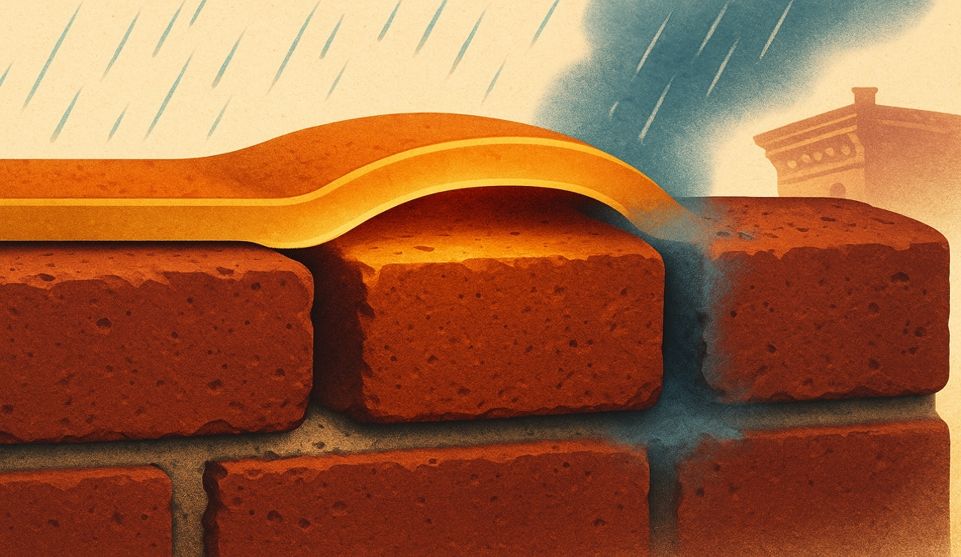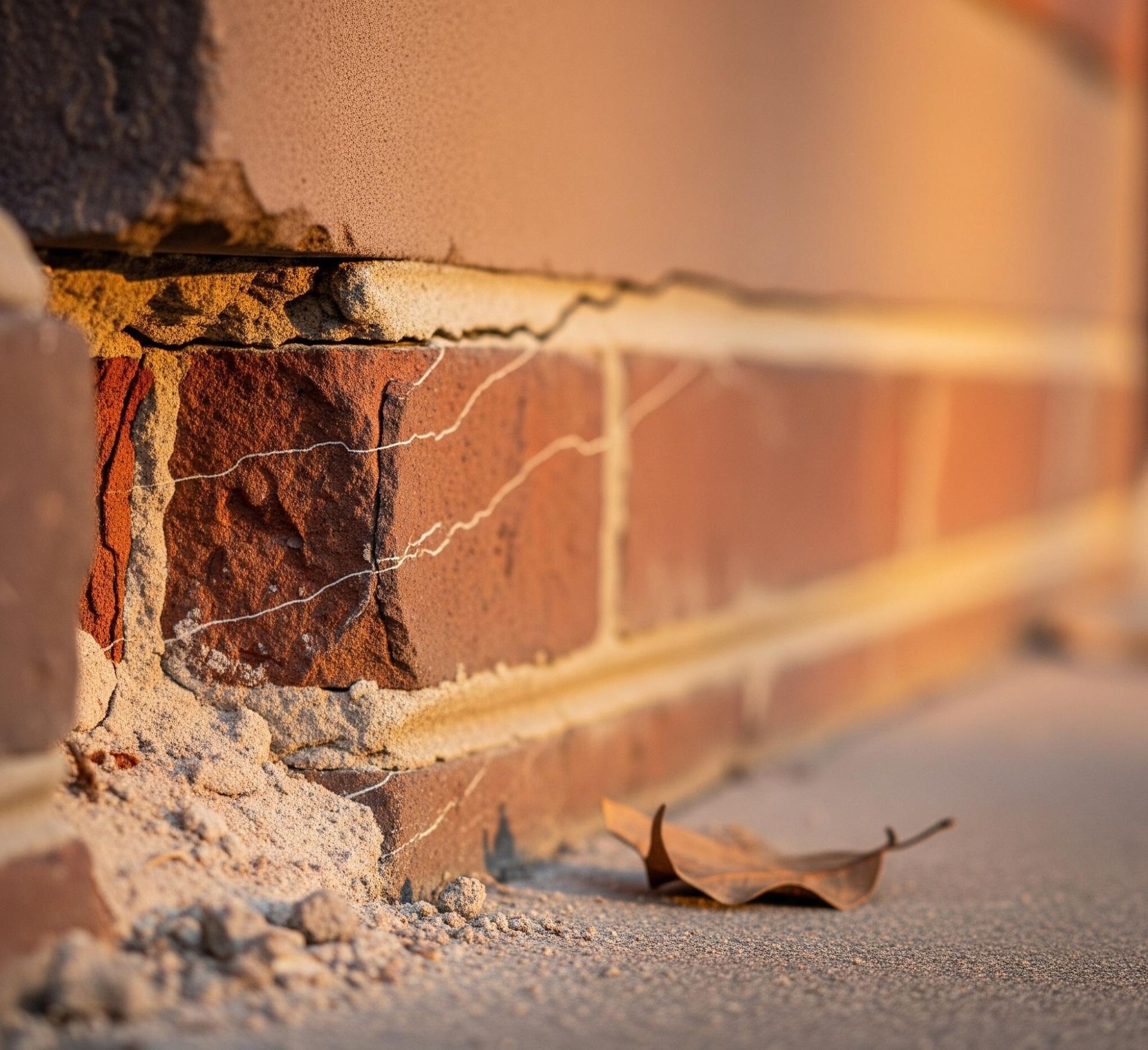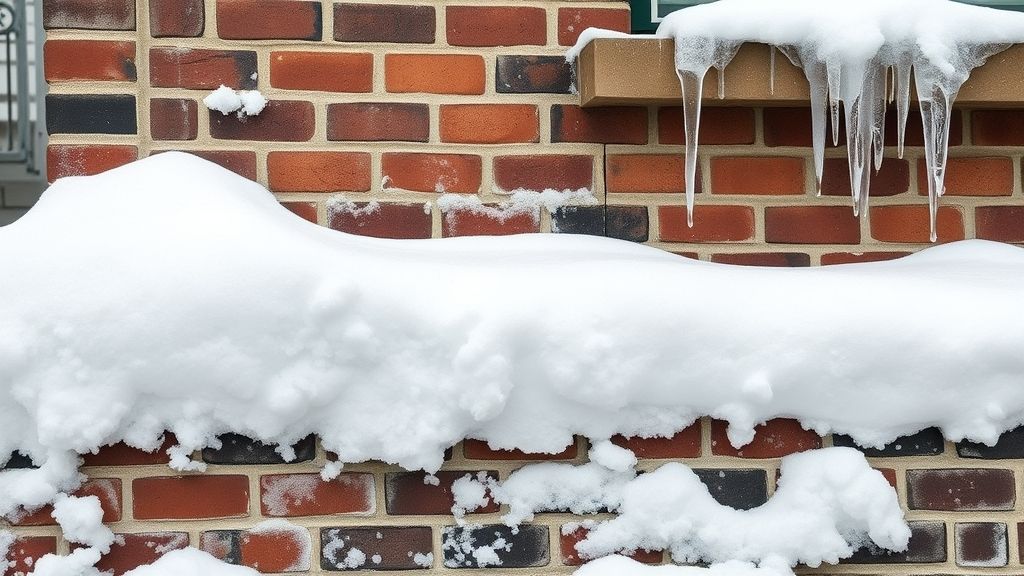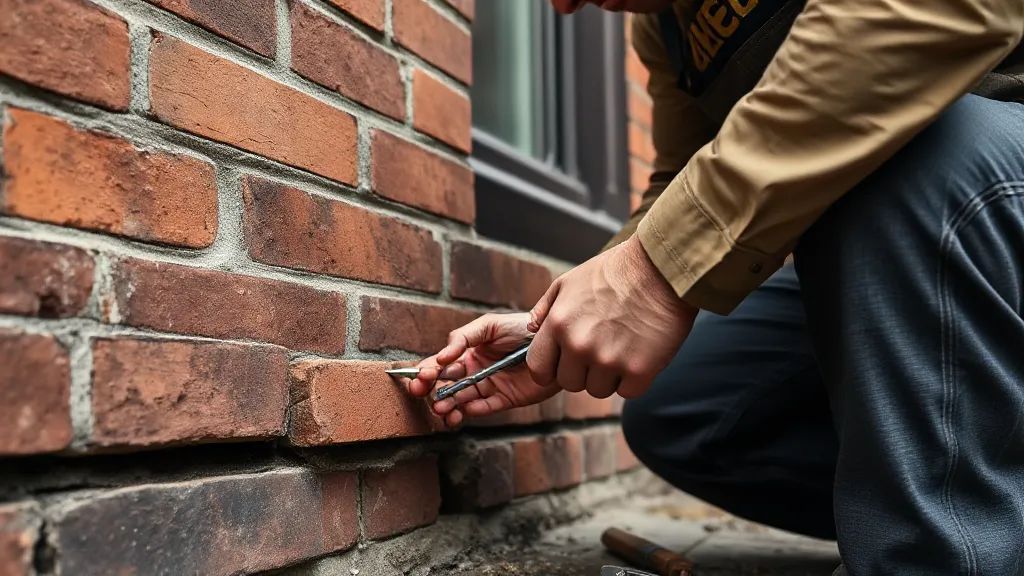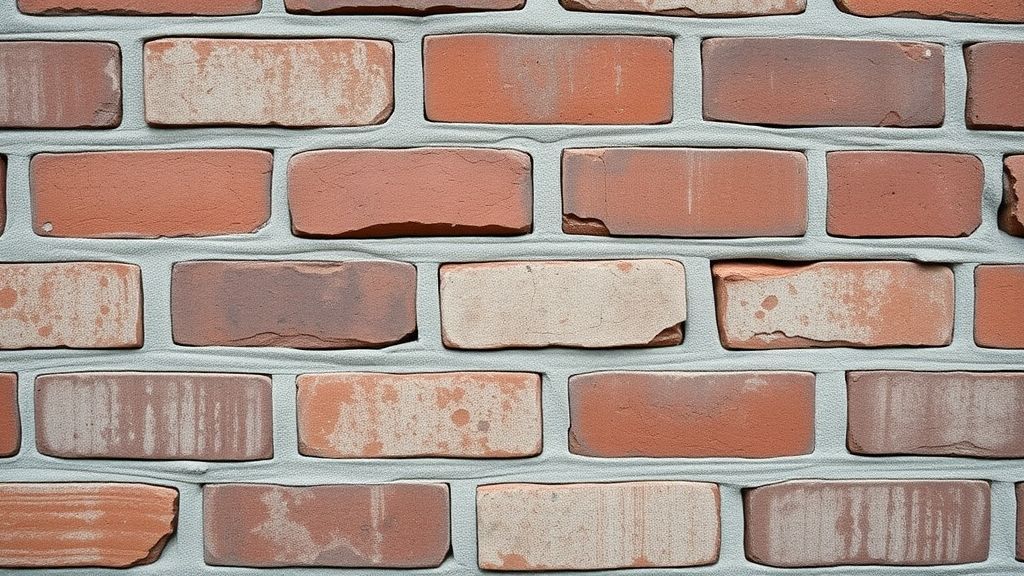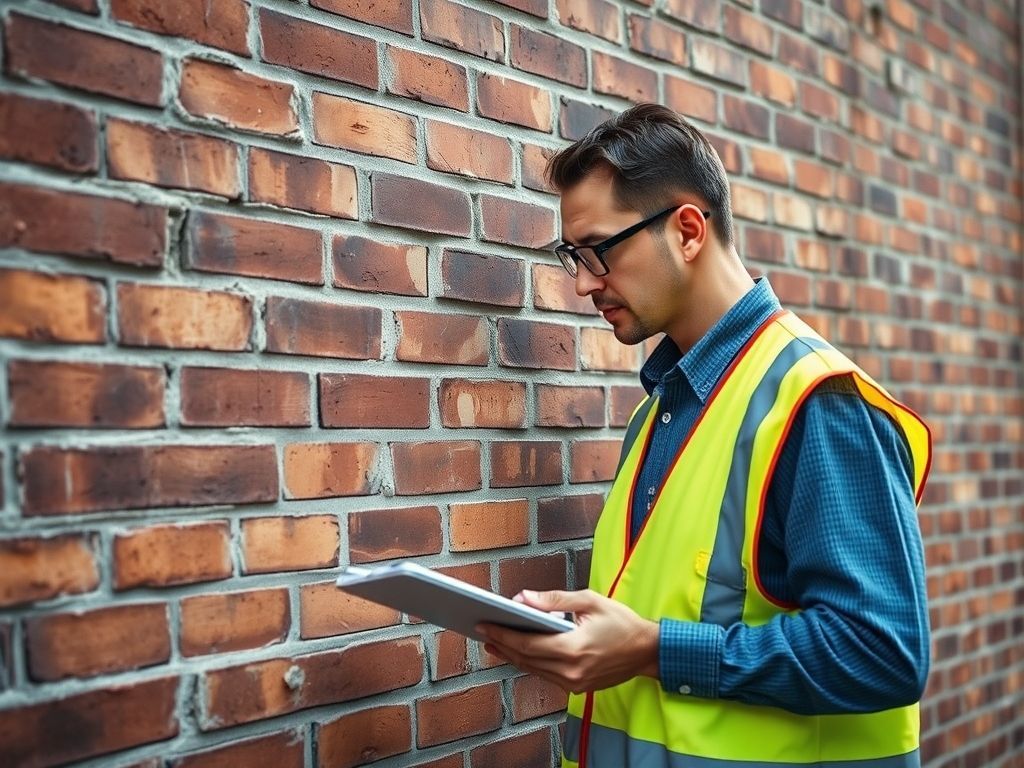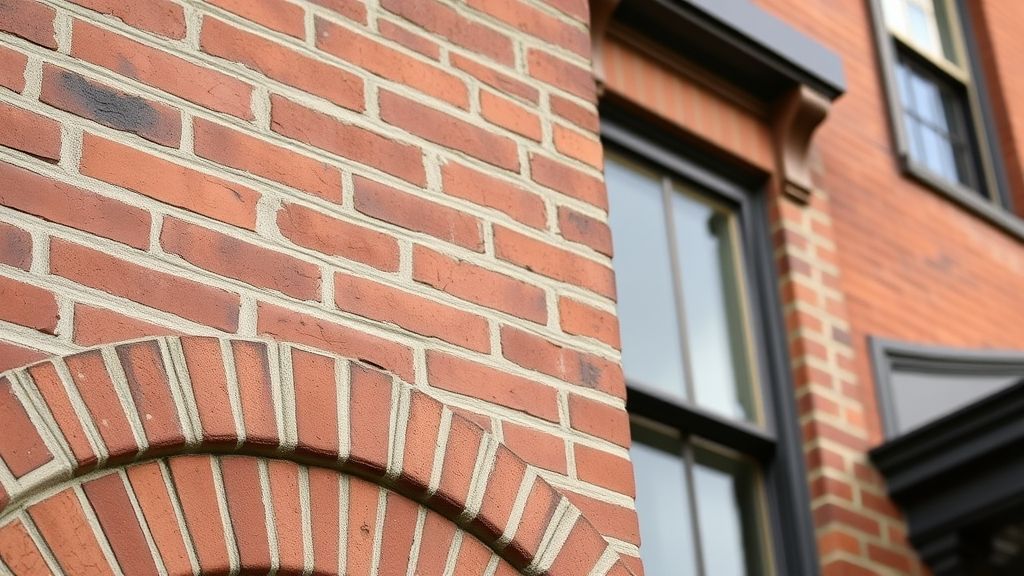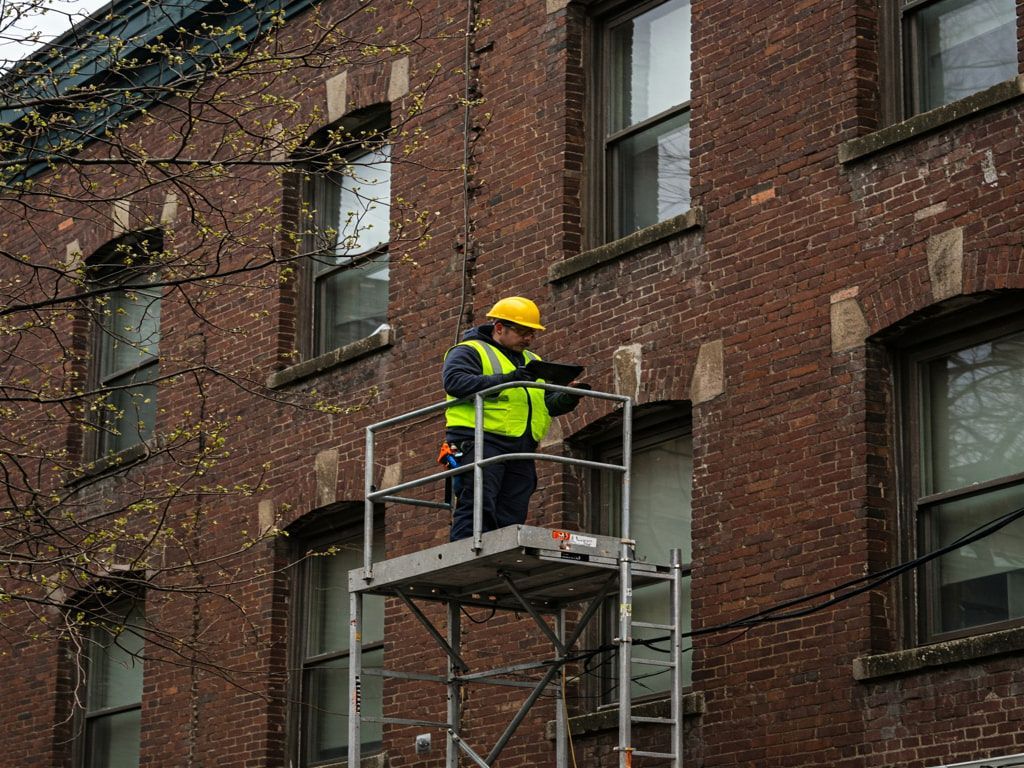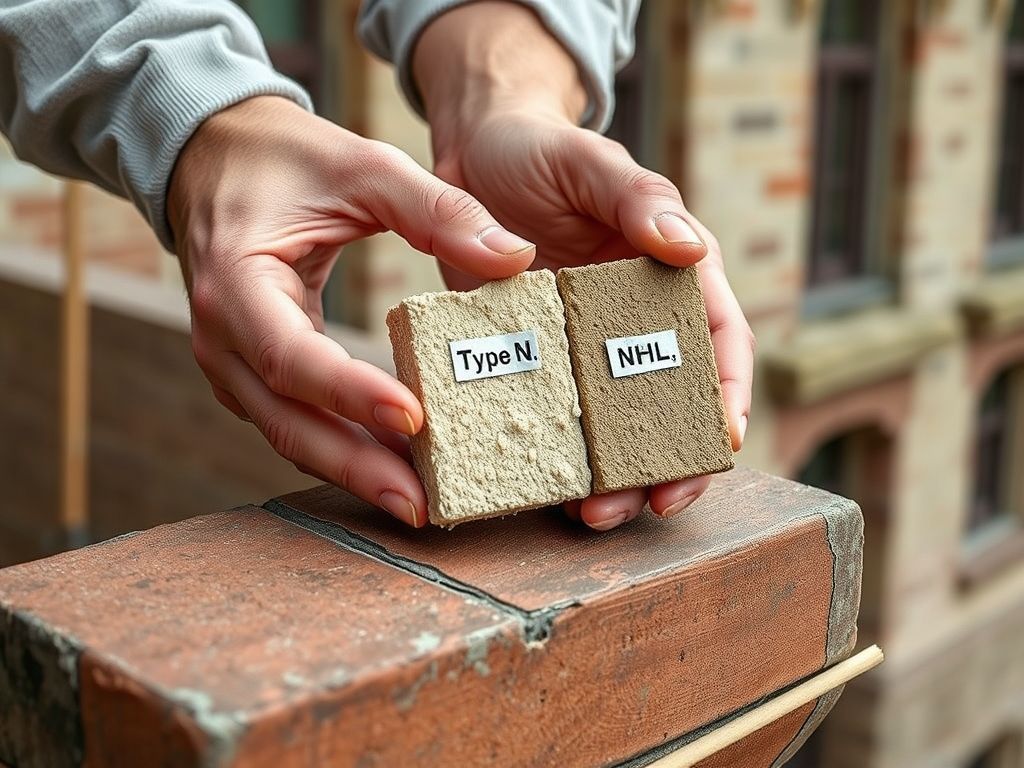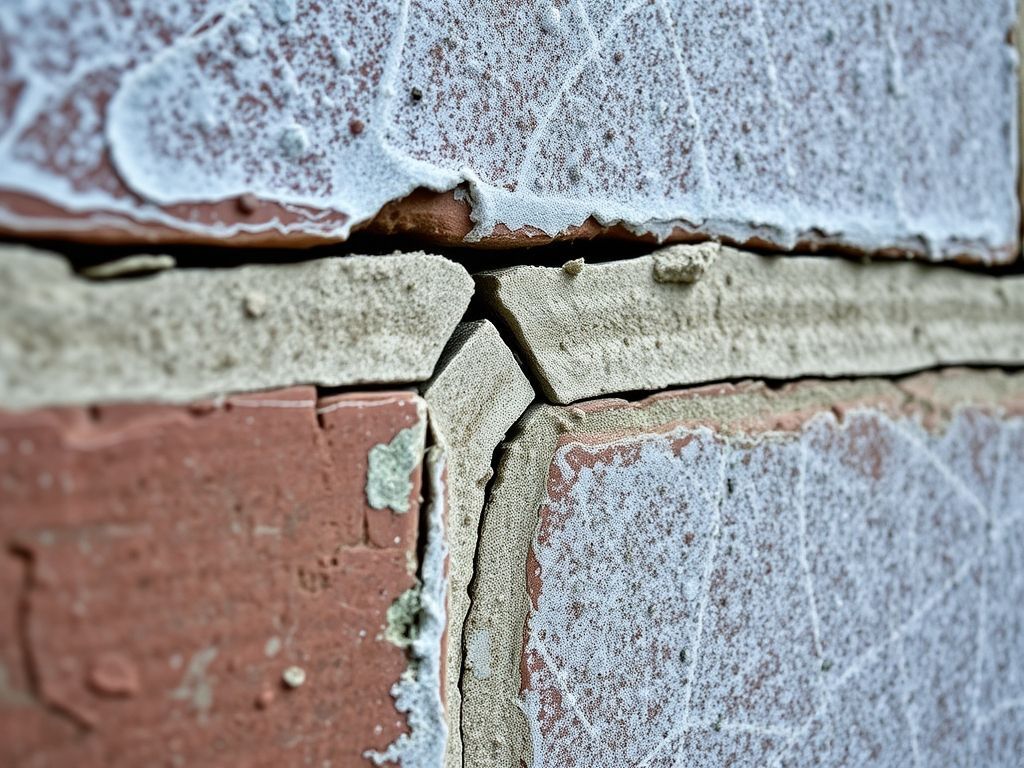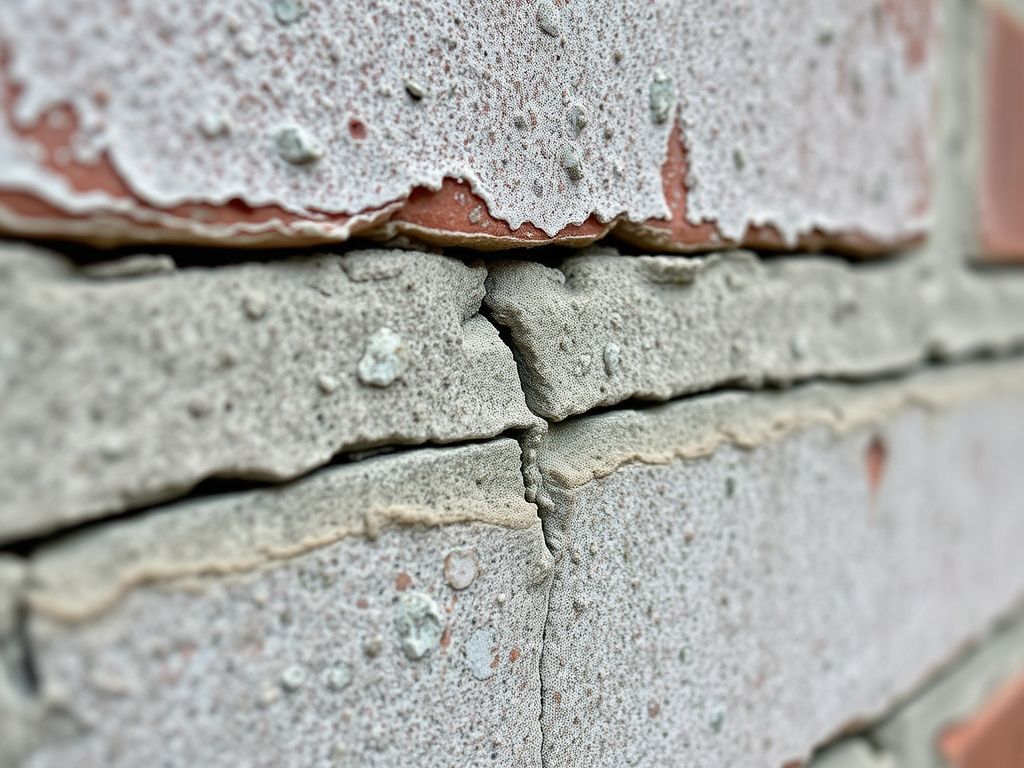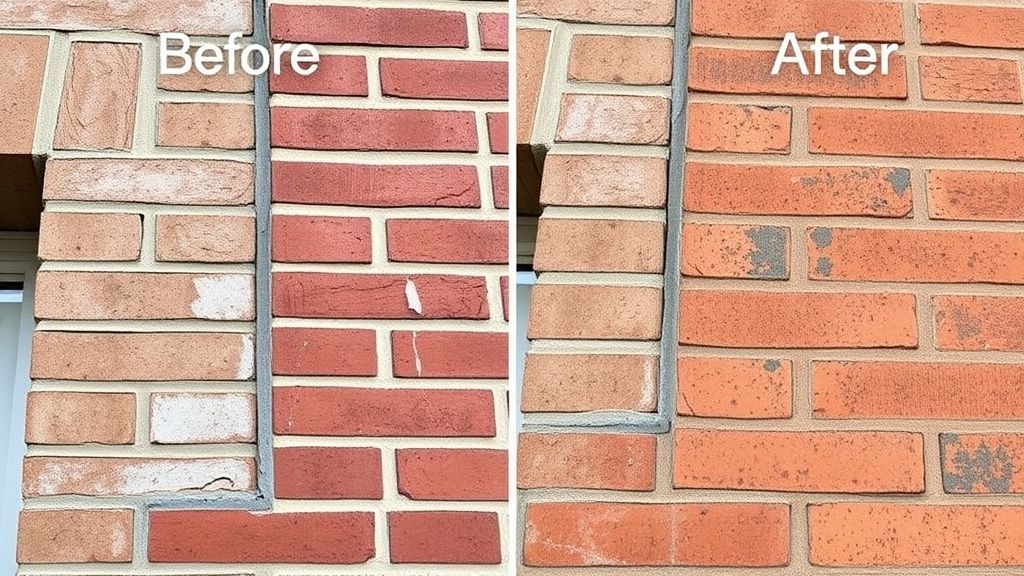A Guide to Preserving History: The Principles of Historic Masonry Restoration
📌 Key Takeaways
Three Core Principles Transform Restoration from Repair to Preservation: Historic masonry restoration follows a specific philosophy—repair rather than replace, use like-for-like materials that match original properties, and maintain the wall system's natural breathability. These principles work as an integrated system to protect your investment and honor your building's architectural heritage.
Material Compatibility Can Make or Break Your Project: Modern Portland cement mortar may appear cost-effective, but it's significantly harder than historic brick and prevents natural moisture movement. This incompatibility can cause brick faces to spall off during freeze-thaw cycles, turning a seemingly economical choice into expensive brick replacement work.
Contractor Vetting Requires Historic-Specific Questions: Standard construction vetting doesn't apply to historic work. Essential evaluation areas include experience with lime mortar systems, understanding of local landmark regulations, portfolios of similar period buildings, and their philosophical approach to preservation versus replacement.
Common Pitfalls Focus on Wrong Priorities: The most costly mistakes include prioritizing surface appearance over structural health, using hard mortars on soft brick, and treating symptoms rather than addressing root causes of water intrusion. Each pitfall stems from misunderstanding how historic masonry systems function.
Long-Term Maintenance Planning Prevents Major Problems: Historic masonry requires different ongoing care than modern construction, with regular inspection schedules and proactive maintenance approaches that prevent minor issues from becoming major restoration projects.
This comprehensive guide provides the specialized knowledge framework needed to confidently navigate historic masonry restoration decisions and protect both your architectural investment and Brooklyn's heritage character. This content is for informational purposes only and should not replace consultation with qualified historic preservation professionals for your specific project.
Walking up the steps of a Brooklyn brownstone—your Brooklyn brownstone—carries a unique weight that most homeowners never experience. These aren't just bricks and mortar; they're pieces of New York's architectural heritage, and suddenly you're their steward.
The anxiety hits when you notice that first crack spreading along the facade, or when pointing mortar starts crumbling away in your hands. You realize this isn't a job for the local handyman or a quick YouTube tutorial. This is historic preservation, and making the wrong choice could damage something irreplaceable while costing thousands in repairs.
Here's the thing about historic masonry restoration: it requires a completely different mindset than modern construction. While contemporary building focuses on speed and cost-efficiency, historic preservation demands patience, precision, and an understanding of century-old materials and techniques. One wrong move—like using modern Portland cement mortar on soft historic brick—can trap moisture and cause structural damage that takes years to manifest.
For many families, the real question isn't just about the initial cost, but what the value looks like down the road when a cheap "patch job" begins to fail. The relief that comes from finding the right restoration specialist, one who truly understands these principles, is something countless brownstone owners describe as life-changing.
The Restorationist's Creed: 3 Core Principles for Protecting Your Property's Legacy
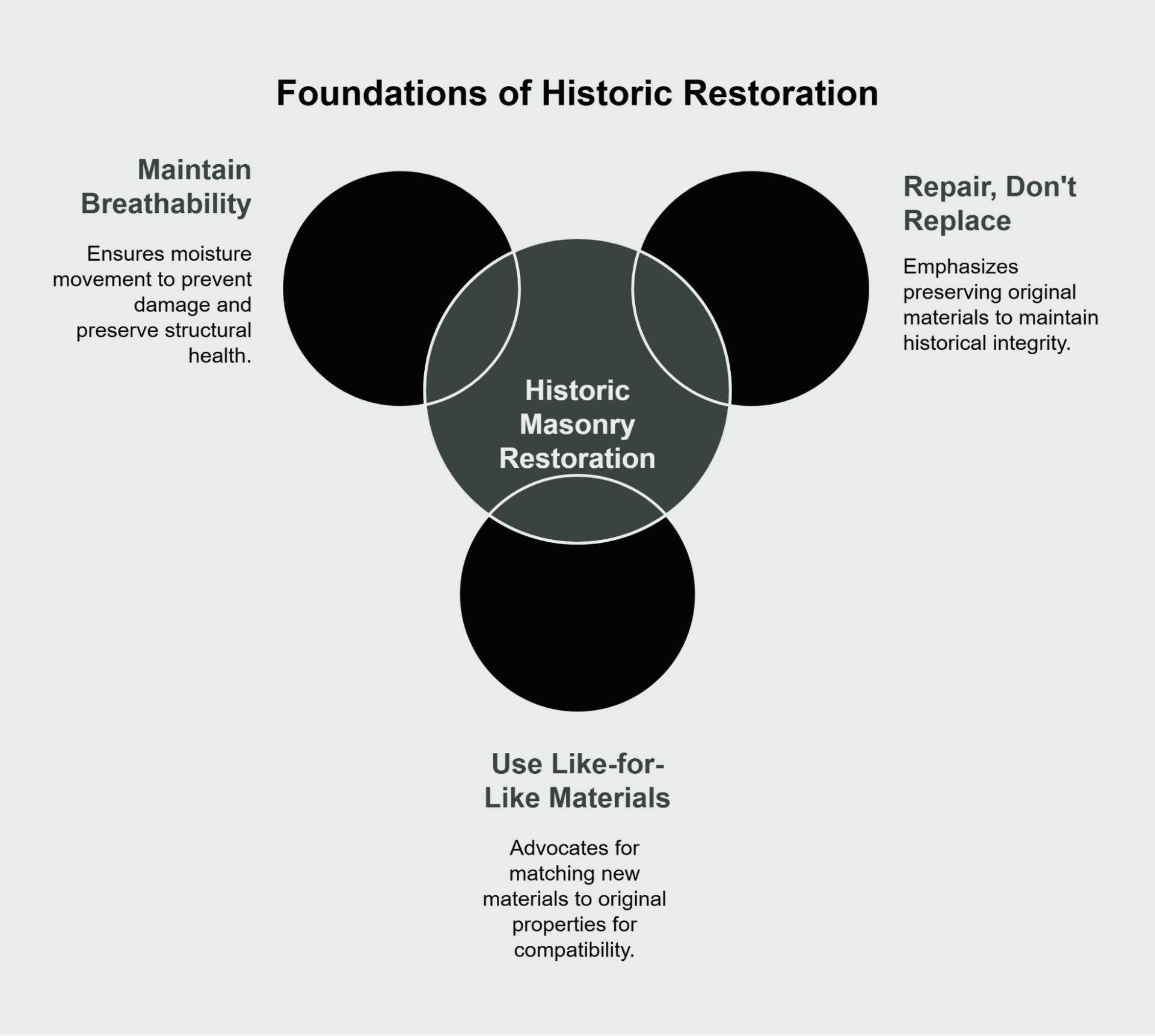
According to the City Suburb framework, proper historic masonry restoration rests on three fundamental principles that separate true preservation from superficial repair work. These aren't just technical guidelines—they're the foundation for protecting your investment and honoring your building's history.
The Restoration Philosophy Framework
Principle 1: Repair, Don't Replace Historic masonry should be conserved and repaired whenever possible, rather than replaced. Original materials tell the story of your building's craftsmanship and age. Replacement should only occur when structural integrity is compromised beyond repair.
Principle 2: Use Like-for-Like Materials New materials must match the physical and chemical properties of the original. This means using lime-based mortars with historic brick, not modern cement-based products. The new materials should be softer and more porous than the masonry units themselves.
Principle 3: Maintain Breathability Historic masonry systems were designed to allow moisture to move through the wall assembly and evaporate naturally. Any restoration work must preserve this breathability to prevent moisture entrapment and freeze-thaw damage.
These principles work together as a system. When you honor all three, your restoration becomes an investment in longevity. When contractors skip any of these steps, they're essentially gambling with your property's structural integrity.
Long-Term Value: Proper historic restoration using these principles can significantly enhance value compared to surface-level repairs, while preventing costly structural problems that can emerge years after improper work.
From Theory to Practice: Applying the Principles to Your Restoration Project
Understanding the philosophy is just the beginning. The real challenge lies in translating these principles into practical decisions about your specific building and the professionals you hire to work on it.
Understanding Your Home's Story: Common Masonry Styles in Brooklyn
Brooklyn's architectural landscape tells the story of different eras, each with distinct masonry characteristics that influence restoration approaches. Buildings from different periods often use varying brick compositions and mortar formulations.
Knowing your building's architectural period helps you understand what materials and techniques were originally used. This knowledge becomes crucial when evaluating contractor proposals—any professional who doesn't ask about your building's age and style may not understand the specialized requirements of historic work.
For a comprehensive understanding of how to identify your building's style and its specific restoration needs, explore our detailed guide: [REF:: from-brownstone-to-federal-a-guide-to-masonry-styles-in-brooklyn].
The Most Critical Decision: How to Hire a Historic Masonry Contractor You Can Trust
A situation we often see is when homeowners, feeling overwhelmed by the technical aspects of historic restoration, focus primarily on price rather than expertise. This approach often leads to the exact problems they were trying to avoid.
The vetting process for historic masonry work requires different questions than standard construction projects. You need to evaluate their understanding of historic materials, their experience with buildings from your era, and their approach to preservation versus replacement.
Essential vetting areas include:
- Experience with lime mortar systems and traditional materials
- Understanding of local landmark regulations (if applicable)
- Portfolio of similar historic building projects
- Approach to matching existing materials and techniques
The eight-point vetting system we've developed helps homeowners systematically evaluate contractors based on these specialized requirements: [REF:: how-to-hire-a-historic-masonry-contractor-in-brooklyn-an-8-point-vetting-checklist].
Avoiding Disaster: Why "Patch Jobs" and Modern Materials Can Destroy Historic Brick
This brings to mind one of the most dangerous misconceptions in historic building maintenance: that a quick fix with modern materials will buy you time until you can afford "proper" restoration.
The reality? Modern Portland cement mortar is significantly harder than historic brick. When used for repointing, it prevents natural moisture movement and can actually cause the brick faces to spall off during freeze-thaw cycles. What appears to be a cost-saving measure often results in expensive brick replacement years down the line.
Style Note: The craftsmanship visible in properly executed lime mortar repointing—with its subtle texture variations and natural weathering patterns—enhances your property's authentic historic character in ways that machine-mixed cement joints simply cannot replicate.
For a detailed explanation of how improper materials create long-term structural problems, see our analysis: [REF:: why-a-patch-job-can-be-the-most-expensive-repair-of-all].
Common Pitfalls to Avoid When Restoring Historic Masonry
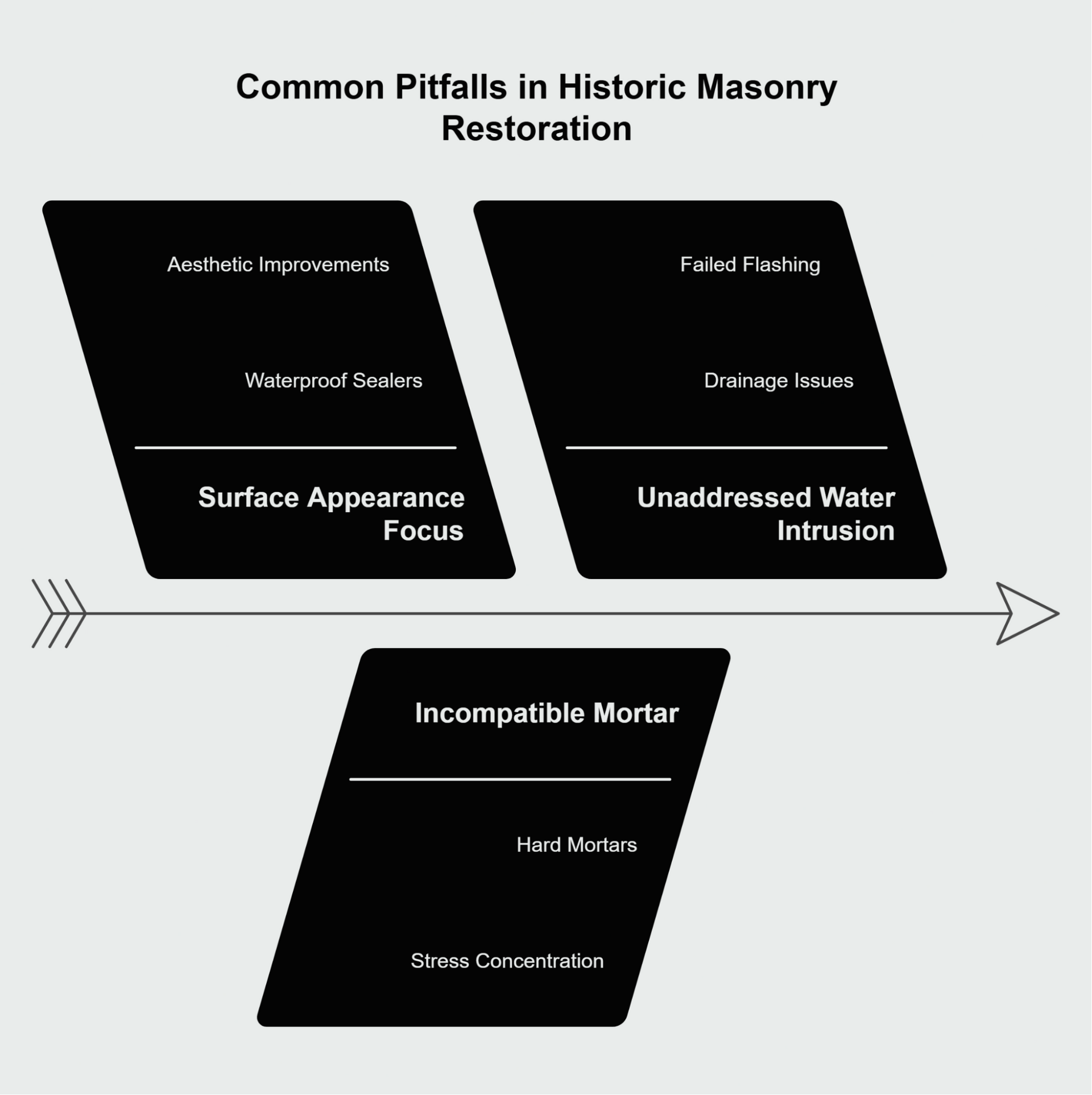
Even well-intentioned homeowners and contractors can make decisions that compromise historic masonry systems. Understanding these common mistakes helps you recognize red flags during the planning and execution phases.
Pitfall #1: Focusing on Surface Appearance Over Structural Health
The temptation to prioritize how the building looks from the street often leads to decisions that create hidden structural problems. For example, applying waterproof sealers to make brick look "cleaner" can trap moisture inside the wall system, leading to freeze-thaw damage and eventual structural failure.
Proper restoration addresses underlying moisture issues, structural movement, and material compatibility before concerning itself with aesthetic improvements. When these fundamentals are sound, the appearance naturally improves.
Pitfall #2: Using Incompatible (Hard) Mortar on Historic (Soft) Brick
This is perhaps the most costly mistake in historic masonry work. Hard mortars—including most modern masonry cements—don't allow for the natural thermal movement of soft historic brick. During temperature fluctuations, stress concentrates in the brick rather than the mortar joints, causing cracks and spalling.
The correct approach uses lime-based mortars that are intentionally softer than the surrounding brick, allowing the mortar joints to absorb stress and protect the more expensive masonry units.
Pitfall #3: Failing to Address the Root Cause of Water Intrusion
Focusing on symptoms rather than causes leads to repeated repair cycles. Water staining, efflorescence, or mortar deterioration are often signs of broader drainage issues, failed flashing, or inadequate weatherproofing at roof and window connections.
Effective restoration identifies and corrects these underlying moisture sources before beginning masonry repairs. Otherwise, the new work will simply deteriorate under the same conditions that damaged the original materials.
What If...? Planning for What Happens if You Hire the Wrong Contractor
The fear of choosing the wrong contractor for historic work is entirely legitimate. Unlike standard construction mistakes, errors in historic masonry can cause irreversible damage to irreplaceable materials.
If you discover problems during or after the work, having a clear response plan reduces both stress and potential damage:
Step 1: Document Everything Photograph any questionable work immediately. Focus on material choices, technique, and any deviation from agreed-upon specifications. This documentation becomes crucial for insurance claims or legal proceedings.
Step 2: Consult an Independent Expert Before confronting the contractor, get an objective assessment from a masonry conservation specialist or structural engineer familiar with historic buildings. This gives you technical backing for any concerns.
Step 3: Know Your Legal Protections Understanding your contract terms, warranty provisions, and local consumer protection laws helps you navigate disputes effectively. Many historic preservation projects also fall under specific regulations that provide additional recourse options.
Peace of Mind: Most reputable historic masonry contractors carry specialized insurance for preservation work and belong to professional associations with ethical standards and dispute resolution processes.
Key Terminology
Masonry Conservation: The practice of preserving and maintaining historic masonry using traditional materials and techniques that match the original construction methods.
Like-for-Like Materials: Restoration materials that match the physical, chemical, and thermal properties of the original materials, ensuring compatibility and longevity.
Repointing: The process of removing deteriorated mortar from joints and replacing it with new mortar that matches the original in composition, strength, and appearance.
Myth & Fact
Myth: A cheap patch job is a good way to save money on a historic home.
Fact: Incompatible materials used in quick fixes often cause more extensive damage than the original problem. Modern cement mortars can trap moisture in historic brick walls, leading to freeze-thaw damage that requires expensive brick replacement. The long-term costs of improper materials typically far exceed proper restoration costs.
A Question You Should Be Asking
The Unasked Question: "What is the long-term maintenance plan required after my historic masonry restoration is complete?"
Why It Matters: Historic masonry systems require different maintenance approaches than modern construction. Without proper ongoing care, even expertly restored masonry can develop problems that grow into major structural issues. Many homeowners focus entirely on the restoration project and overlook the maintenance requirements that preserve their investment.
The Expert Answer: Establish a regular inspection schedule focusing on mortar joint condition, water infiltration signs, and seasonal movement patterns. Most historic masonry benefits from periodic gentle cleaning and preventive repointing of isolated areas as needed. This proactive approach prevents minor issues from becoming major restoration projects.
Conclusion: Becoming a Steward of History
Understanding the principles of historic masonry restoration transforms you from an anxious homeowner into a confident steward of architectural heritage. You now possess the framework to evaluate contractors, understand material choices, and make informed decisions that protect both your investment and Brooklyn's historic character.
The knowledge you've gained here isn't just about solving today's restoration needs. It's the foundation for a longer journey that many historic homeowners describe with that same sense of relief—the moment they realize they're no longer at the mercy of contractor sales pitches or quick-fix solutions.
This expertise naturally evolves over time. Many brownstone owners find themselves becoming informal resources for neighbors facing similar challenges, sharing lessons learned and trusted contractor recommendations. Some eventually advocate for neighborhood preservation initiatives or contribute to local landmark designation processes.
By approaching your restoration project with these principles, you're not just maintaining a building—you're participating in the ongoing story of Brooklyn's architectural heritage. That responsibility, once overwhelming, becomes a source of pride and connection to the generations of craftspeople and homeowners who shaped these neighborhoods.
Ready to move forward with confidence? Contact our historic masonry specialists who understand these principles and have helped preserve Brooklyn's architectural heritage for over two decades.
About the City Suburb Insights Team
The City Suburb Insights Team is our dedicated engine for synthesizing complex topics into clear, helpful guides. While our content is thoroughly reviewed for clarity and accuracy, it is for informational purposes and should not replace professional advice.
Our Editorial Process
This guide was drafted with AI assistance and has been reviewed, fact-checked, and edited by the expert humans on our Insights Team to ensure accuracy and clarity.
